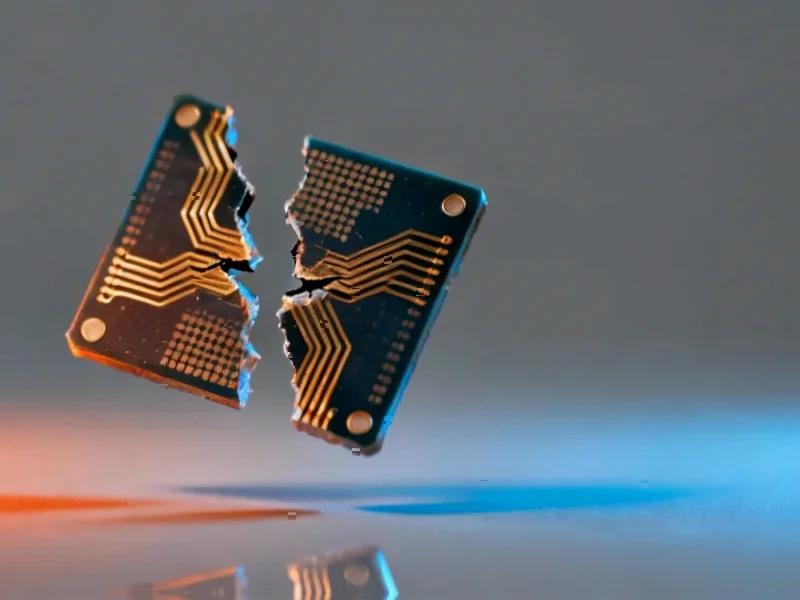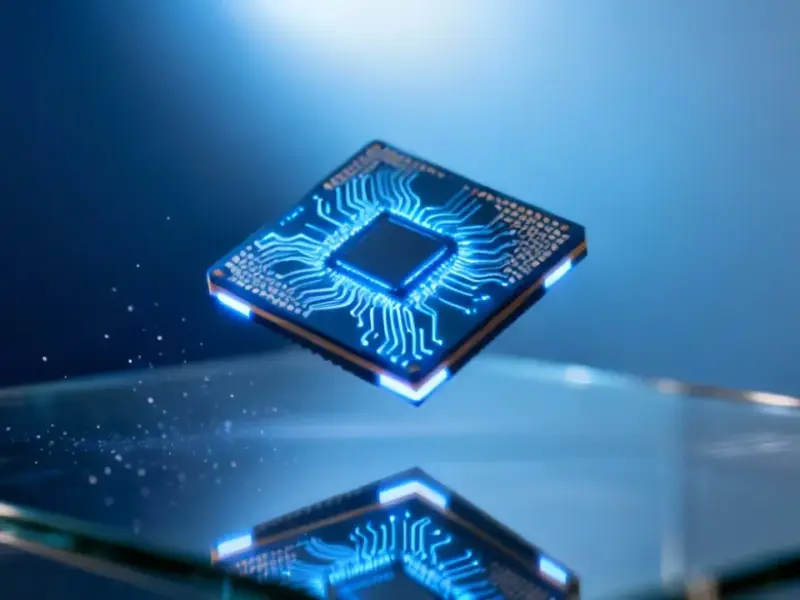According to Semiconductor Today, Canadian micro-LED technology firm VueReal is expanding its presence in China after appointing international business development consultancy Intralink to drive market entry. The Waterloo, Ontario-based company recently secured over CDN$58 million (US$40 million) in new funding to accelerate product commercialization and recently showcased its technology at Display Week. VueReal’s MicroSolid Printing platform enables micro-LED transfer onto various substrates including glass, flexible films and silicon, serving automotive dashboards, HUDs, lighting, consumer electronics, AR/VR and wearables. Intralink’s Shanghai team will now engage leading display makers, ODMs, EMS providers, automotive OEMs and tier-one suppliers to drive adoption of VueReal’s reference design kits. This strategic expansion comes as China solidifies its position as a critical market for advanced display technologies.
The Chinese Display Ecosystem Advantage
VueReal’s timing couldn’t be more strategic. China has become the global epicenter for display manufacturing, accounting for over 60% of worldwide production capacity according to recent industry reports. The country’s massive consumer electronics market, combined with its aggressive push into electric vehicles, creates an ideal environment for micro-LED adoption. What makes this partnership particularly interesting is Intralink’s focus on engaging both display manufacturers and automotive suppliers simultaneously – a dual-track approach that could accelerate technology adoption across multiple high-value sectors. The Chinese government’s continued investment in semiconductor and display technologies through initiatives like “Made in China 2025” provides additional tailwinds for advanced display technologies entering the market.
Shifting Competitive Dynamics
This move positions VueReal to challenge established Asian display giants like Samsung, LG, and BOE in the emerging micro-LED space. While these companies have invested heavily in micro-LED research, VueReal’s MicroSolid Printing platform offers potential manufacturing advantages in transfer yield and substrate flexibility that could disrupt traditional approaches. The reference design kit strategy is particularly clever – by enabling Chinese manufacturers to quickly prototype and test micro-LED integration, VueReal lowers the barrier to adoption while establishing its technology as a potential industry standard. This approach could create a wedge against competitors who typically require deeper commitment before sharing proprietary technology.
Supply Chain and Manufacturing Implications
The partnership with Intralink represents more than just market entry – it’s a strategic manufacturing play. China’s extensive electronics manufacturing ecosystem, particularly in regions like the Pearl River Delta and Yangtze River Delta, offers VueReal access to world-class production capabilities and potential manufacturing partners. For Chinese ODMs and EMS providers, VueReal’s technology represents an opportunity to move up the value chain from assembling commodity displays to producing high-margin advanced micro-LED solutions. This could reshape global display supply chains, potentially creating new manufacturing hubs for micro-LED components outside traditional Korean and Japanese strongholds.
Accelerating Micro-LED Commercialization
VueReal’s China expansion signals that micro-LED technology is moving from laboratory curiosity to commercial reality faster than many analysts predicted. The automotive sector represents a particularly promising beachhead – unlike consumer electronics where cost sensitivity is extreme, automotive applications can support premium pricing for displays with superior brightness, efficiency, and reliability. As electric vehicle manufacturers compete on interior experience and advanced driver interfaces, micro-LED technology becomes increasingly compelling. The $40 million funding round suggests investors see near-term commercialization potential, likely targeting 2025-2026 for meaningful production volumes.
Broader Industry Implications
This development underscores a broader trend of Western technology companies leveraging Chinese manufacturing and market scale to accelerate advanced technology adoption. For the display industry, successful micro-LED commercialization could begin displacing OLED in premium applications within 3-5 years, particularly in automotive and high-end wearables where micro-LED’s advantages in brightness and efficiency matter most. The success or failure of VueReal’s China strategy will provide valuable intelligence for other advanced materials and semiconductor companies considering similar market entry approaches. If successful, we could see a wave of similar partnerships as technology firms seek to capitalize on China’s manufacturing ecosystem while navigating complex market dynamics.





I don’t think the title of your article matches the content lol. Just kidding, mainly because I had some doubts after reading the article.